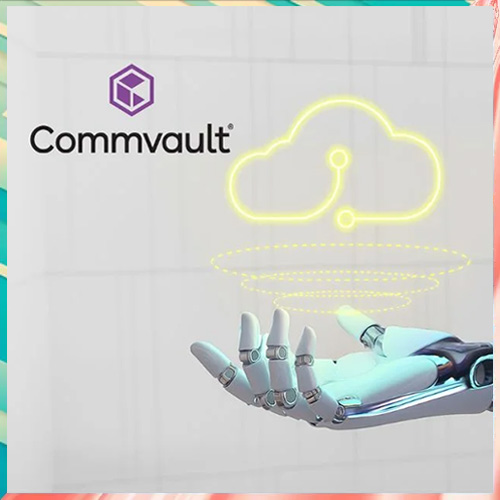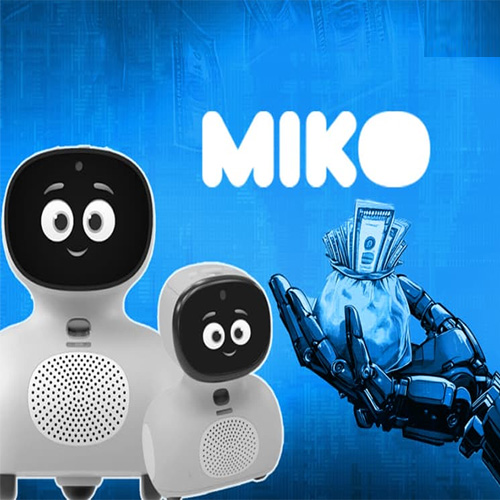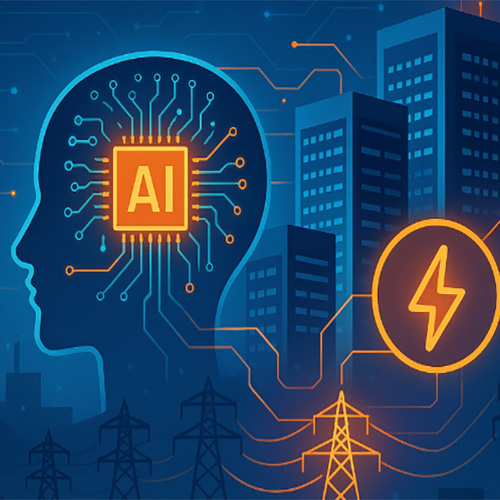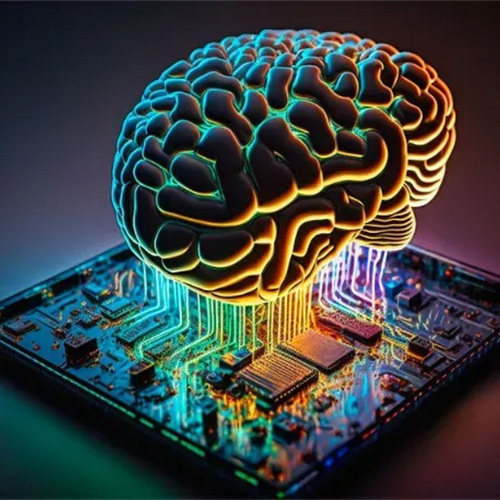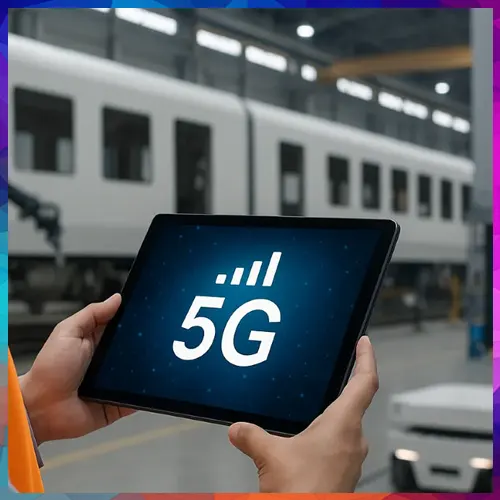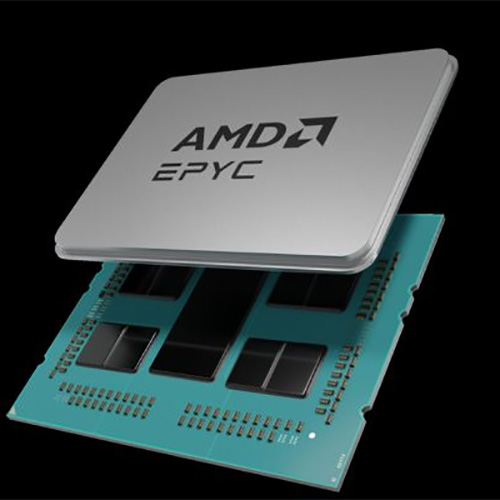AI - the foundation of Metaverse
2022-08-18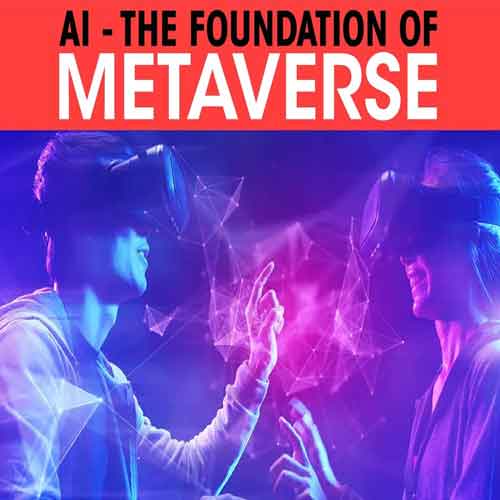
The Metaverse AI has become one of the hottest topics in technology and socioeconomics. The role of AI in Metaverse involves combining various technologies such as Virtual Reality, 3D animation, and blockchain…. and many companies are already working on creating services for this new digital world. There is no escaping the internet’s favourite buzzword - the “Metaverse”
AI has the potential to parse big volumes of data at lightning speed to generate insights and drive action for users. Users can either leverage AI for decision-making (which is the case for most enterprise applications), or link AI with automation for low touch processes.
As the building blocks of the new form of communication were being laid down, it sparked speculation around what it would look like and how people would use it. Everyone was talking about it but few knew what it really meant or how it would work. Looking back, it didn’t turn out exactly as some people imagined.
However, with the metaverse pegged to become an $800 billion market by 2024, and with tech giants like Meta, Microsoft, Apple and Google investing big money in making it a reality, it’s time to find out what this vague and complex term means.
With the influx of AI-driven chatbots also comes the need for more sophistication, as well as the need for chatbots to understand questions and produce the right answers to help customers get the best experience. Particularly, this is relevant for the emerging metaverse space, as companies seek to improve their presence and user experiences in a virtual world.
Now there are hundreds of organisations who have embraced the use of conversational AI throughout the last few years. Open-source AI language models have now helped developers and businesses in the conversational AI space build better chatbots, help with expediting customer experience and also improve employee experience.
Conversational AI merges the practicality of AI to produce human-like interaction between the human who asks the questions and the machine that answers. Chatbots powered by conversational AI can recognize human speech and text. The conversation also occurs with an understanding of intent, enabling more accurate answers.
Venturebeat reported, as voice and conversational AI take on an increasing volume of customer interactions, it also becomes more important for bots to tap into historical data, connecting data from voice calls to data from messaging conversations. Conversational AI helps to make this possible by helping machines make sense of the human voice they are listening to, understand biases and process the answers that humans are looking for.
See What’s Next in Tech With the Fast Forward Newsletter
Tweets From @varindiamag
Nothing to see here - yet
When they Tweet, their Tweets will show up here.





